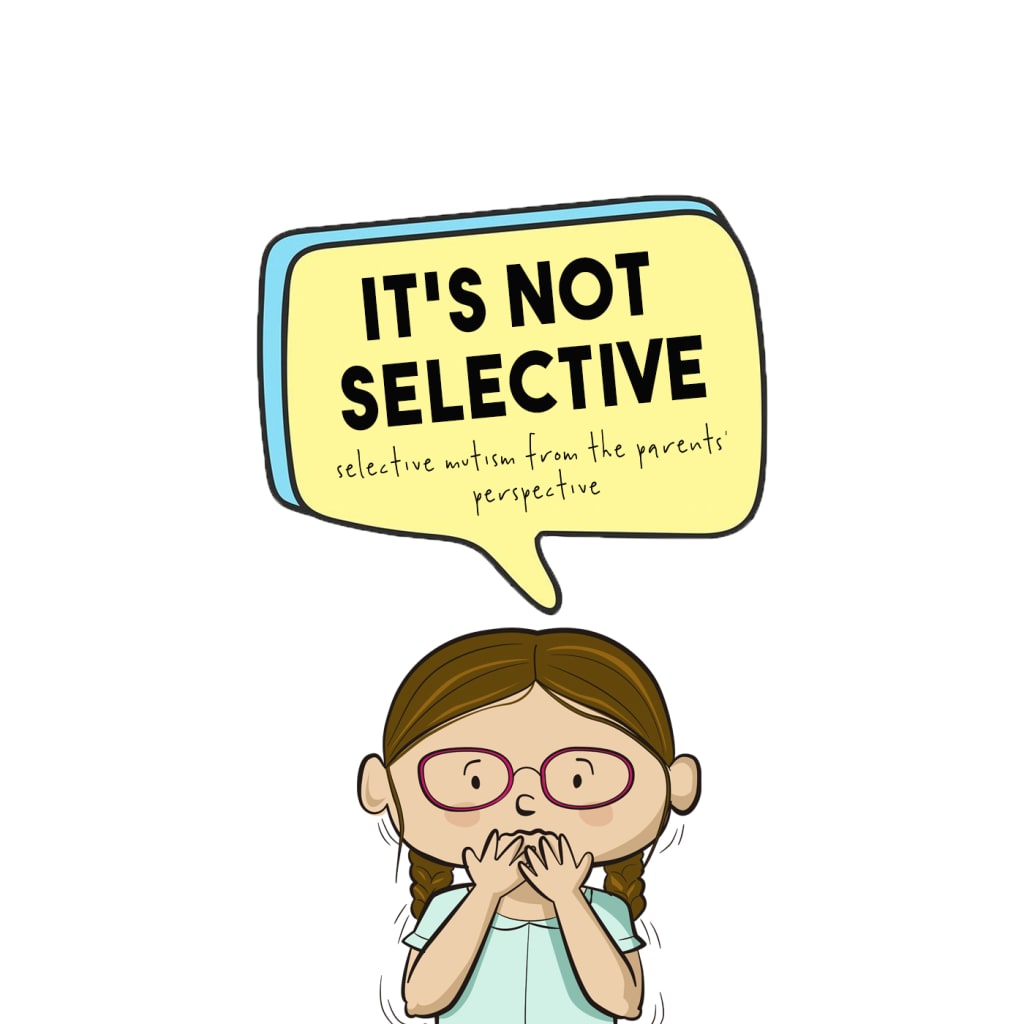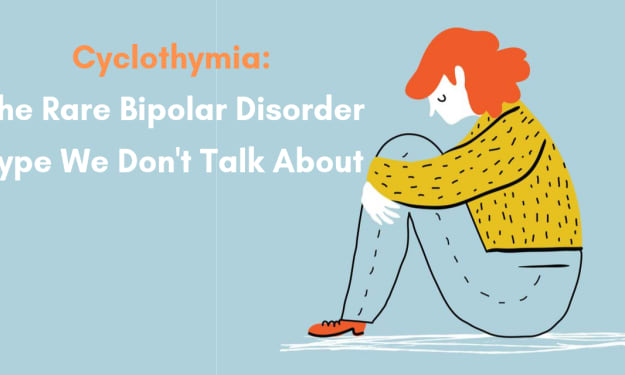Selective Mutism What Is It, Symptoms, Treatment, and More
Selective Mutism What Is It, Symptoms, Treatment, and More

Selective mutism is a rare childhood anxiety disorder characterized by the inability of a child to speak in certain situations or around certain people. A child with selective mutism may be able to speak freely at home or with close family members but become completely silent in school or other social settings.
This disorder can have a significant impact on a child's social development, academic progress, and emotional well-being. It's important for parents, teachers, and healthcare professionals to understand the signs and symptoms of selective mutism and to seek treatment early to prevent long-term consequences.
What are the Symptoms of Selective Mutism?
The primary symptom of selective mutism is a persistent inability to speak in certain situations, even though the child is capable of speaking in other settings. Children with selective mutism may also exhibit the following behaviors:
- Avoiding eye contact
- Refusing to participate in group activities
- Expressing anxiety or fear around certain people or situations
- Clinging to parents or caregivers in social settings
- Being overly quiet or withdrawn
- Displaying physical symptoms of anxiety, such as trembling, sweating, or blushing
These behaviors may be mistaken for shyness or social awkwardness, but they are actually symptoms of a serious anxiety disorder that requires treatment.
What Causes Selective Mutism?
The exact cause of selective mutism is not fully understood, but it is believed to be related to anxiety and social phobia. Children with selective mutism may have an inherited predisposition to anxiety, or they may have experienced a traumatic event that triggered their anxiety.
Some children with selective mutism may have other conditions that contribute to their anxiety, such as obsessive-compulsive disorder (OCD), attention-deficit/hyperactivity disorder (ADHD), or sensory processing disorder. It's important to rule out these conditions through a thorough evaluation by a healthcare professional.
How Is Selective Mutism Diagnosed?
Selective mutism is typically diagnosed by a mental health professional, such as a psychologist or psychiatrist, who specializes in childhood anxiety disorders. The diagnostic process may involve:
A thorough evaluation of the child's medical and developmental history
A comprehensive psychological assessment, including standardized tests and behavioral observations
Interviews with parents, caregivers, and teachers to gather information about the child's behavior in different settings
It's important to rule out other conditions that can mimic the symptoms of selective mutism, such as language disorders or hearing impairments.
What Is the Treatment for Selective Mutism?
Selective mutism treatment typically involves a combination of behavioral therapy, medication, and parent training. The goal of treatment is to help the child overcome their anxiety and learn to communicate effectively in all settings.
Behavioral Therapy
Behavioral therapy is the primary treatment for selective mutism. The most effective form of behavioral therapy for selective mutism is cognitive-behavioral therapy (CBT), which helps children learn to manage their anxiety and gradually increase their comfort level in social situations.
CBT for selective mutism typically involves:
Gradual exposure to anxiety-provoking situations, starting with the least difficult and gradually progressing to more challenging situations
Positive reinforcement for speaking and other social behaviors
Relaxation techniques, such as deep breathing and progressive muscle relaxation
Social skills training to help children learn how to communicate effectively and make friends
Medication
In some cases, medication may be prescribed to help children manage their anxiety. The most commonly used medications for selective mutism are selective serotonin reuptake inhibitors (SSRIs), which are also used to treat other anxiety disorders.
SSRIs work by increasing the levels of serotonin in the brain, which can help reduce anxiety and improve mood. However, medication should only be used in conjunction with behavioral therapy, as medication alone is not enough to address the underlying causes of selective mutism.
Parent Training
Parent training is an important component of treatment for selective mutism. Parents play a critical role in helping their children overcome anxiety and learn to communicate effectively in social situations.
Parent training for selective mutism typically involves:
Education about the disorder and its treatment
Strategies for managing anxiety-provoking situations and reinforcing positive social behaviors
Coaching on how to support their child's gradual exposure to anxiety-provoking situations
Support for the parents themselves, who may be struggling with anxiety or feelings of guilt or helplessness
What Is the Outlook for Children with Selective Mutism?
With appropriate treatment, most children with selective mutism can overcome their anxiety and learn to communicate effectively in all settings. However, early intervention is critical to prevent long-term consequences, such as social isolation, academic difficulties, and low self-esteem.
It's important to seek help from a healthcare professional who specializes in childhood anxiety disorders as soon as you suspect your child may have selective mutism. The earlier the intervention, the better the outcome.
How Can Parents and Caregivers Help Children with Selective Mutism?
Parents and caregivers can play an important role in helping children with selective mutism overcome their anxiety and learn to communicate effectively in all settings. Here are some strategies that may be helpful:
Be patient and supportive: It's important to create a positive and supportive environment for the child. Avoid pressuring or criticizing them for their silence, as this can increase their anxiety and reinforce negative behaviors.
Encourage gradual exposure: Encourage the child to gradually expose themselves to anxiety-provoking situations, starting with the least difficult and gradually progressing to more challenging situations. Praise and reinforce positive social behaviors, such as making eye contact or responding to questions.
Use positive reinforcement: Use positive reinforcement, such as praise, stickers, or other rewards, to reinforce positive social behaviors. This can help motivate the child to overcome their anxiety and communicate more effectively.
Practice relaxation techniques: Teach the child relaxation techniques, such as deep breathing or progressive muscle relaxation, to help them manage their anxiety in social situations.
Seek professional help: It's important to seek help from a healthcare professional who specializes in childhood anxiety disorders. They can provide a comprehensive evaluation, develop a personalized treatment plan, and provide ongoing support for the child and their family.
Conclusion
Selective mutism is a rare childhood anxiety disorder that can have a significant impact on a child's social development, academic progress, and emotional well-being. It's important for parents, teachers, and healthcare professionals to understand the signs and symptoms of selective mutism and to seek treatment early to prevent long-term consequences.
The most effective treatment for selective mutism involves a combination of behavioral therapy, medication, and parent training. With appropriate treatment and support, most children with selective mutism can overcome their anxiety and learn to communicate effectively in all settings. Parents and caregivers can play an important role in helping children with selective mutism by being patient, supportive, and encouraging gradual exposure to anxiety-provoking situations.
About the Creator
Enjoyed the story? Support the Creator.
Subscribe for free to receive all their stories in your feed. You could also pledge your support or give them a one-off tip, letting them know you appreciate their work.





Comments
There are no comments for this story
Be the first to respond and start the conversation.